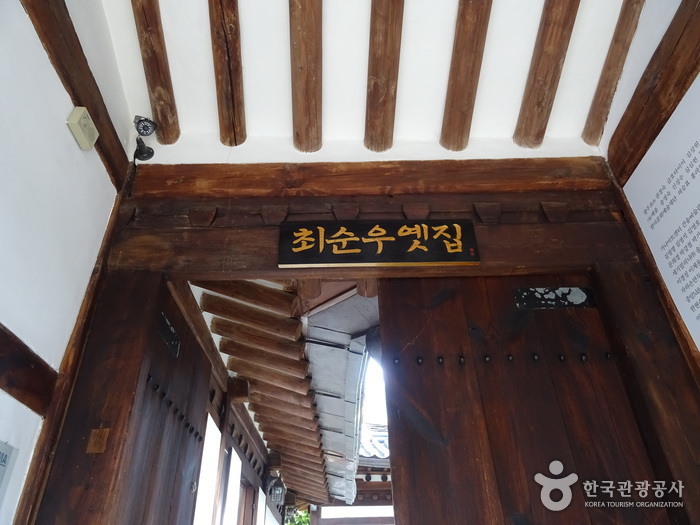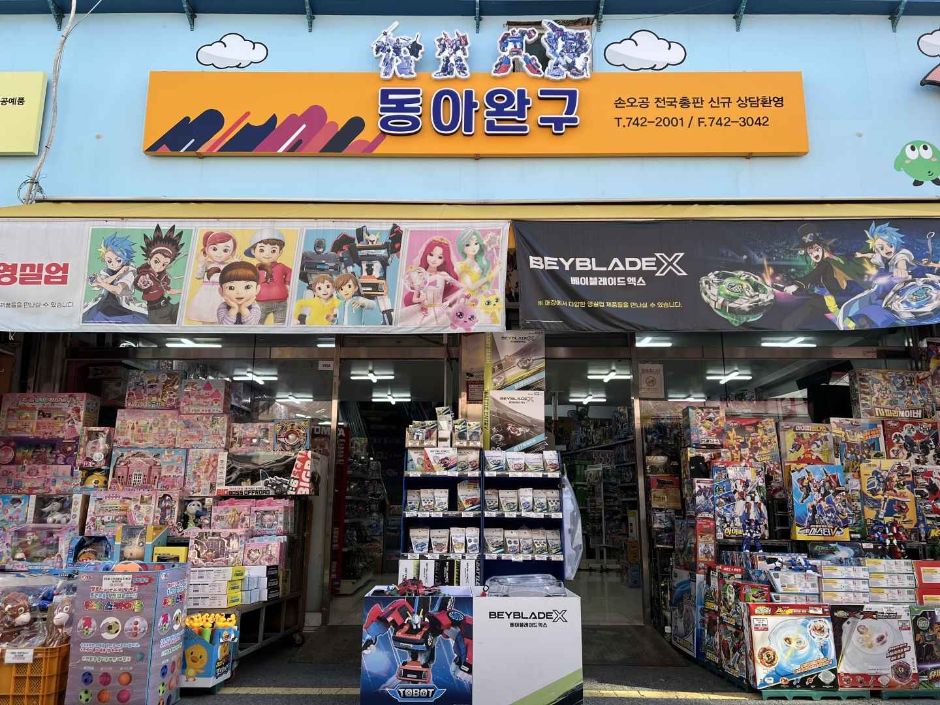Rockport - Lotte Seoul Station Branch [Tax Refund Shop] (락포트 롯데 서울역점)
2.5Km 2024-04-22
405, Hangang-daero, Jung-gu, Seoul
-
Kangol - Lotte Outlets Seoul Station Branch [Tax Refund Shop] (캉골 롯데아울렛서울역)
2.5Km 2024-06-27
405, Hangang-daero, Jung-gu, Seoul
-
Xexymix - Lotte Outlets Seoul Station Branch [Tax Refund Shop] (젝시미스 롯데아울렛 서울역)
2.5Km 2024-06-26
405, Hangang-daero, Jung-gu, Seoul
-
Olive Young - Seoul Station Branch [Tax Refund Shop] (올리브영 서울역점)
2.5Km 2024-06-27
405, Hangang-daero, Jung-gu, Seoul
-
Choi Sunu House (최순우 옛집)
2.5Km 2021-12-21
9, Seongbuk-ro 15-gil, Seongbuk-gu, Seoul
+82-2-3675-3401
The Choi Sunu House is the old residence of Hyegok Choi Sunu (1916-1984), who lived in this house from 1976 until the day he passed away. The house is designated as Korea’s Registered Cultural Property. Choi Sunu was a leading art historian who served as the director of the National Museum of Korea. He devoted his life to rediscovering the beauty of Korean art and made many academic accomplishments in the areas of Korean ceramics, traditional woodcraft, and the history of painting.
The house has been open to the public as the Hyegok Choi Sunu Memorial Hall since 2004. The memorial hall displays Choi Sunu’s relics as a permanent exhibition and holds special exhibitions in the fall as well as cultural programs every spring and fall.
Donga Stationery (동아완구)
2.5Km 2024-09-11
5 Jong-ro 52-gil, Jongno-gu, Seoul
Donga Stationery is a stationery store located along Changsin-dong Stationery Street. The stop offers a full range of stationery and character goods and is popular among children and adults alike. The shop is located right by Dongdaemun Station (Seoul Subway Line 1), Exit 4, making it easily accessible.

![Kangol - Lotte Outlets Seoul Station Branch [Tax Refund Shop] (캉골 롯데아울렛서울역)](http://tong.visitkorea.or.kr/cms/resource/23/3314123_image2_1.jpg)
![Xexymix - Lotte Outlets Seoul Station Branch [Tax Refund Shop] (젝시미스 롯데아울렛 서울역)](http://tong.visitkorea.or.kr/cms/resource/45/3313345_image2_1.jpg)
![Black Yak [Tax Refund Shop] (블랙야크)](http://tong.visitkorea.or.kr/cms/resource/84/2890084_image2_1.jpg)
![Nepa [Tax Refund Shop] (네파)](http://tong.visitkorea.or.kr/cms/resource/37/2888437_image2_1.jpg)
![Vivien [Tax Refund Shop] (비비안)](http://tong.visitkorea.or.kr/cms/resource/67/2878567_image2_1.jpg)
![Venus [Tax Refund Shop] (비너스)](http://tong.visitkorea.or.kr/cms/resource/95/3314795_image2_1.jpg)


 English
English
 한국어
한국어 日本語
日本語 中文(简体)
中文(简体) Deutsch
Deutsch Français
Français Español
Español Русский
Русский